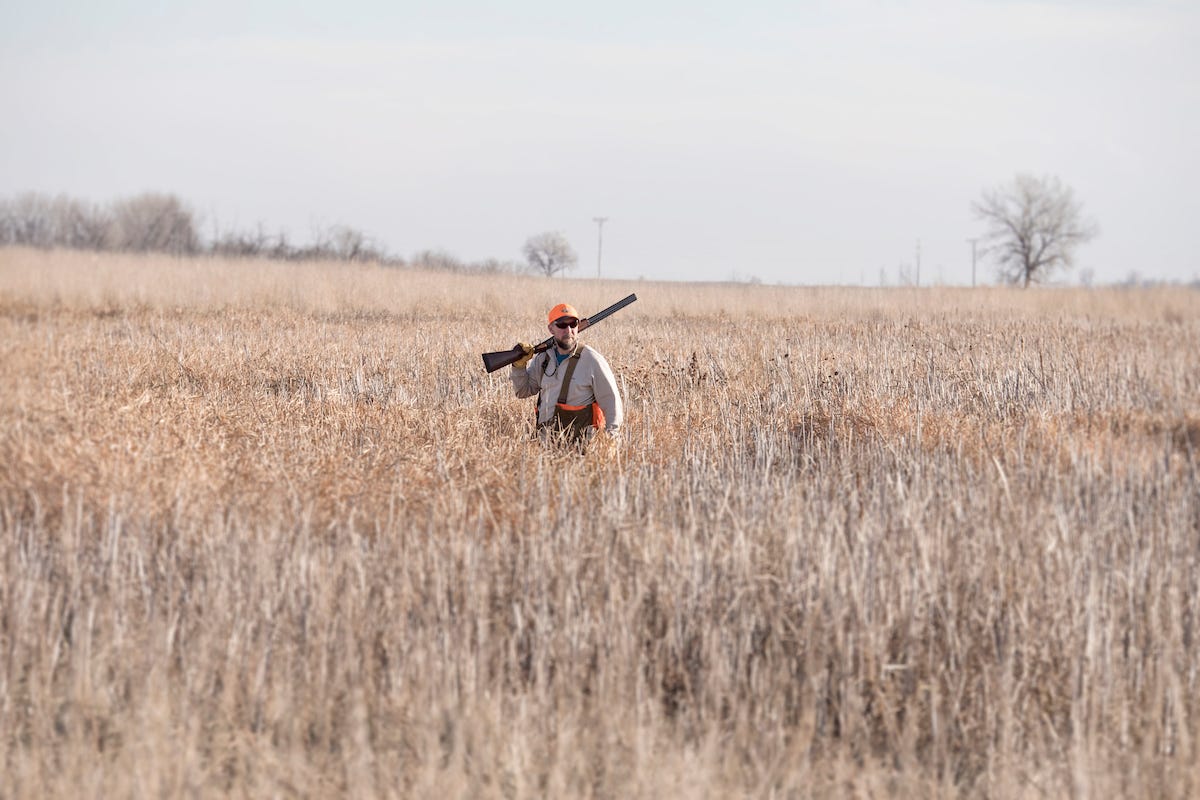Last night, as I was waiting to enter the yoga studio for Courtney’s class, I watched a group of adults taking tennis lessons on the nearby courts. During one sequence, the instructor, standing well behind the baseline, launched a ball across the court, then a point of doubles tennis ensued. When a player mis-hit the ball or otherwise lost the point, that player would swap out and another player would jog in from the sideline and take his or her place.
I noticed one woman who was positioned at the net. Several times, when the ball was hit deep, to her partner, she’d shuffle backwards, until she was standing mid-court, with her feet on the service line.
I was never much of a tennis player, but it wasn’t for my parents’ lack of trying. They greatly enjoyed tennis themselves — especially my mother — and as a result, I took myriad tennis lessons growing up, including a forgettable career on the “Junior Davis Cup” team at Interlachen Country Club, circa 1980.
Other than coming out of retirement once about ten years ago to play Doug Pagitt on Marco Island — a match that rewarded me with a wicked case of plantar fasciitis — I haven’t played tennis in decades. But I do remember enough to know that the woman taking the lesson last night was standing in “no man’s land” — neither close enough to the net to make an aggressive volley nor to the baseline to return a long shot. All her opponent needed to do was hit the ball at her feet to win the point.
The phrase nonesmanneslond dates back to the eleventh century, initially used to describe the territory just outside the walls of London. It was later adopted for naval use, denoting the area midships where ropes and tackle are stored. And then, as I mentioned in my Christmas sermon, for the area between enemy lines during warfare.
It’s a powerful image, the unclaimed space between claimed spaces, and it’s a metaphor that suits my current situation. Months ago, I turned in the completed manuscript to a book that I’d been writing, off-and-on, for a dozen years. There comes a point in any book-writing project when not a single word can be added or subtracted (and trust me, I changed words right up to that threshold on this book). The electronic files are sent to the printer to undergo the transformation from 1s and 0s to the physical manifestation of a book. (Other potential metaphors include waiting for dough to rise or, if I may be so bold, for a fetus to gestate.)
I’m in a kind of vocational nonesmanneslond right now, having finished the book but awaiting its release. I should probably get back to work on the novel I’ve been hammering away at since 2016. Or clean the basement. Or work on our taxes. The book comes out on April 2, and there’s nothing I can do about it now except for a bit of marketing and publicity work, so I should be productive as I wait. I’m planning to refinish our hardwood floors in February.
But mainly, I’m waiting. I get up early, as usual, and bang around the house — I make coffee, maybe turn on the morning news, watch some YouTube hunting videos, read a book, do laundry. And I wait.
Then the book will come out on April 2. It will result in fanfare or crickets — or, most likely, something in between. My life will change a little or a lot, depending on how the book is received. There’s no way to know whether this work into which I’ve poured so much of myself will touch the hearts of others, not until it comes out.
So until then, you can find me here in nonesmanneslond.




